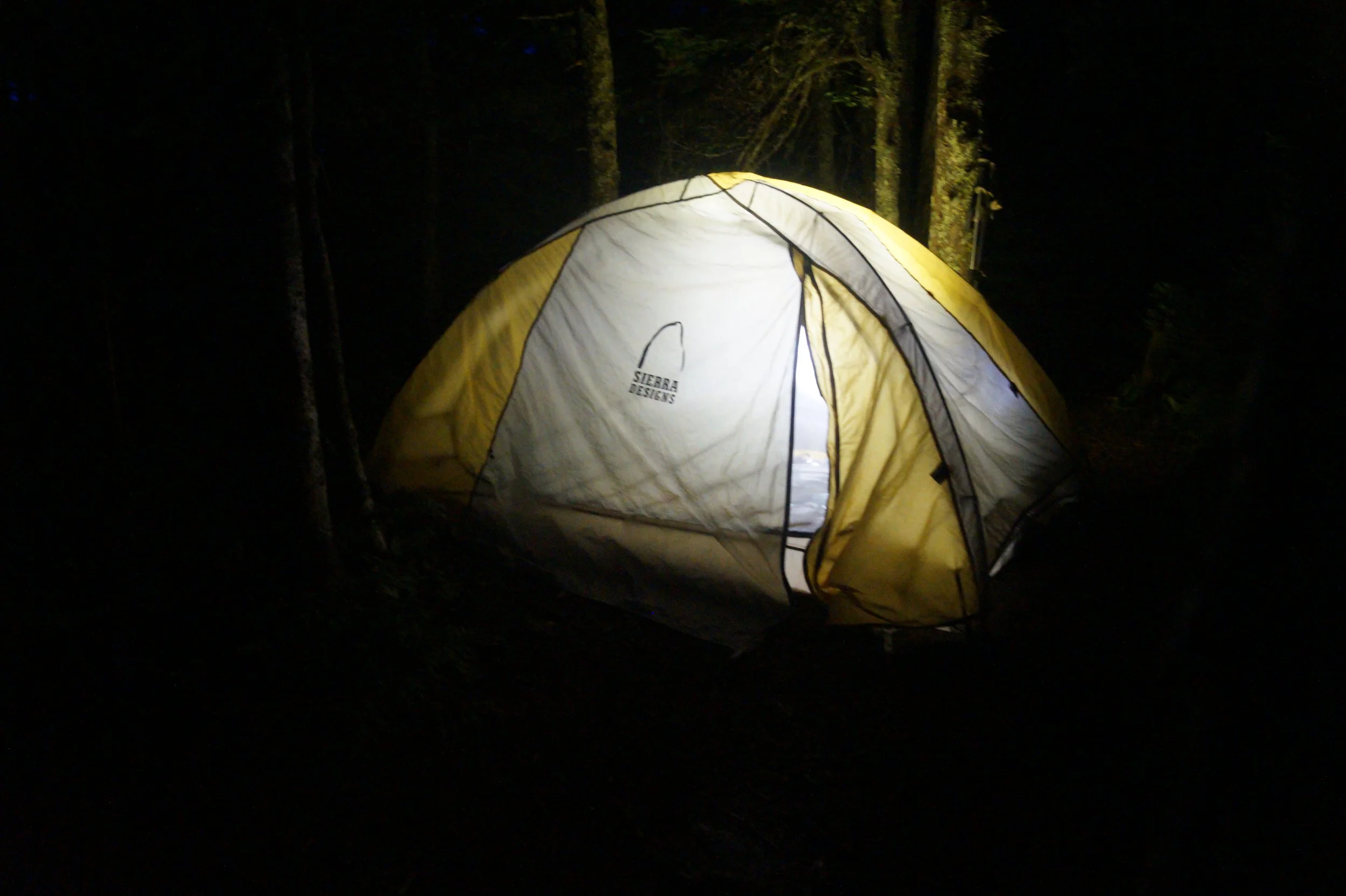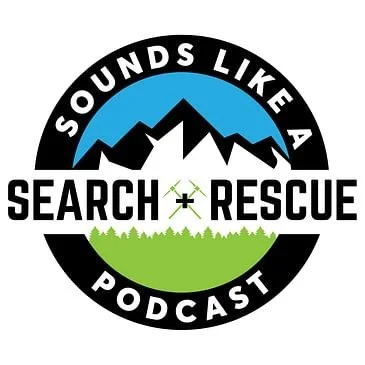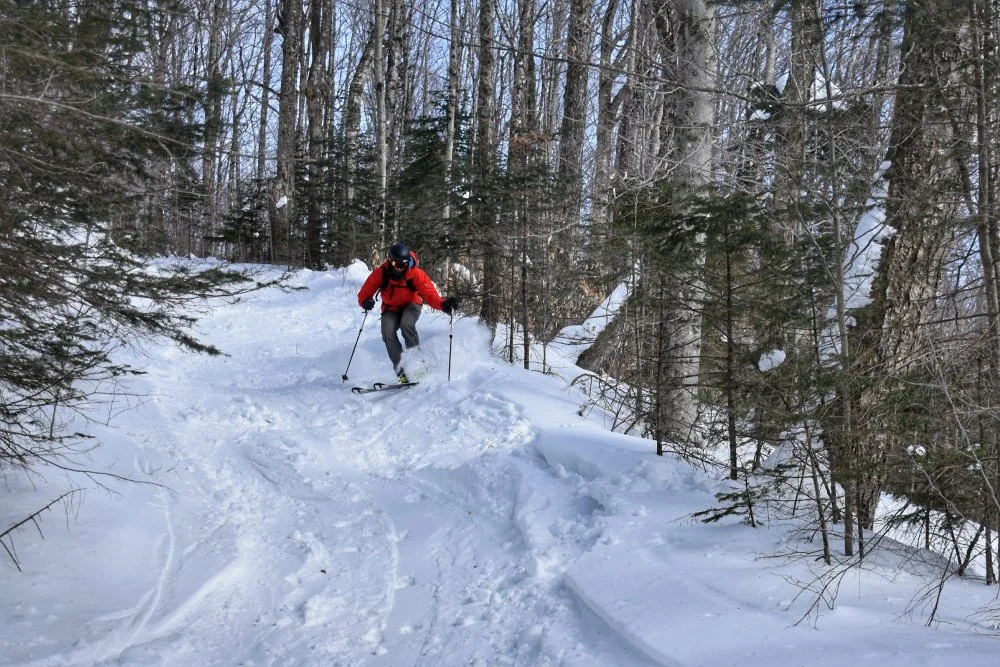White Mountain Backpacking Trip Gear List
Backpacking in New Hampshire’s White Mountains is a right of passage for so many New Englanders. Whether it’s a Pemi Loop, a multi-day Presidential Traverse, or a Carter Range Traverse, the Whites have so many classic backpacking loops and destinations. Last summer and fall, Tim and I found ourselves venturing onto two less-traveled traverses for upcoming goEast articles—the Kilkenny Ridge Traverse and the Ghost Town Traverse. To coordinate our packing for the two trips (Mickey Spades joined us on the first one, but was too busy hunting for the second), we found ourselves trading texts and then assembling Google Docs of personal and group gear for each trip. Although ultimately extraneous to the articles, checklists like these are critical for making sure you’ve got all the right gear for a backcountry overnight. Here’s what we brought for these stellar summer and fall outings.
Upper Body Layers
We started hiking in sunshirts, each carrying a rain shell, two puffies, and a lightweight dry base layer in our packs. Weather dependent, my shell is usually quite light; something like the Outdoor Research Helium has historically worked well and packed small. For the warmer conditions, we found on our midsummer Kilkenny Ridge Traverse, I carried one very lightweight puffy like the Arc’teryx Atom SL or Proton Vest and one mid-weight puffy (such as the Arc’teryx Atom LT or Proton LT), while for the cooler mid-fall conditions on the Ghost Town Traverse, I carried two mid-weight puffies (e.g., the Arc’teryx Proton FL and Nuclei FL). In these colder temps, a single puffy was great for ridges and breaks, while wearing both together was perfect for camp and sleeping. For both trips, I only carried synthetic insulation, which I generally prefer because the climate in the Northeast is so damp and variable.
Weight-conscious backpackers take note—I probably could have left the extra base layer at home. That said, a dry, sweat-free base layer like the Burgeon Flume is nice to pull on at camp, especially when the alternative is sitting around chilled while the base layer you’re wearing slowly dries out.
Lower Body Layers
For both traverses, I hiked in the Outdoor Research Ferrosi Pant, a lightweight softshell pant. Durable, breathable, and warm enough, the Ferrosi is often what I wear in the mountains from May through October.
Whether I carry any other lower-body layers depends on conditions. Since rain wasn’t in the forecast for either trip, I didn’t pack rain pants; if it had been I would have packed a lightweight pair, the lighter the better. Instead, and to account for the chilly overnight temps, I packed a lightweight long underwear, which doubled as part of my sleeping system and as a base layer for the colder starts and finishes.
Head & Hands
I typically hike in a baseball hat, primarily for some minimal sun protection, and the trips on Kilkenny and the Ghost Town were no exception. As with most every hike and overnight that I do in the Whites, I also carried a winter hat, full-length buff, gloves, and a pair of hand warmers. The buff is great for ridgelines, the hat and gloves are great for camp or cold starts, and the handwarmers are around for emergencies. Since heavy rain wasn’t in the forecast and it wasn’t going to be super cold on either trip, the Black Diamond Midweight Softshell Mitts were the perfect hand protection.
Footwear
My footwear for the Kilkenny was the La Sportiva Wildcats and a pair of lightweight hiking socks. As mentioned here, I’ve been wearing the Wildcat for years. For the Ghost Town Traverse I was thankful that I wore a pair of Goretex Wildcats; the mud was worse than we expected and there were several stream crossings.
Sleeping System
My basic sleeping system is a super lightweight inflatable sleeping pad from Sea to Summit and an EMS Mountain Light 40 sleeping bag. That’s all I brought for the Kilkenny Ridge Traverse, and it worked great, especially because we found a stellar and soft place to stay overnight. For the Ghost Town Traverse, both Tim and I added closed-cell foam pads to our sleeping systems and slightly warmer sleeping bags (I brought a 20-degree bag). The second pad provided a bit more comfort as well as additional insulation from the much colder ground atop Carrigain in early October.
On both trips we stayed in Tim’s Sierra Designs backpacking tent. An older tent, it’s been on a lot of trips over the years, and is something that’s probably ready for an upgrade.
Food, Cooking, & Water
Since Tim carried the tent on both trips, I carried the stove and water filter. We each carried our own food.
For cooking, we carried the MSR Windburner Duo Stove System. Easy to work and quick boiling, the stove was perfect for the ramen and instant mashed potatoes I ate for dinner on both trips.
On the water treatment front, we brought the MSR AutoFlow XL Gravity Filter. I got this a few years ago now and have loved it for water treatment on group trips—just fill up the 10-liter bag, hang it on a tree branch or signpost, then let everybody fill up their bottles or hydration bladders with clean water. It’s way better than everybody bringing their own filter or everybody having a clean and dirty bottle.
On both trips, the remainder of my food was homemade trail mix (almonds, cashews, raisins, with chocolate chips if it’s not too hot), bars, and some GU. I also had a few GU electrolyte tabs to add to my hydration bladders; I brought 1L and 2L bladders, with the 1L primarily only getting filled at breaks and for sections where we were nervous we wouldn’t find water.
Other Essentials
I carried several other items too. Here’s a quick overview:
A smaller first aid kit; here’s what I carry.
Headlamp
Bear spray for Kilkenny because we were off the beaten path.
External battery & phone charging cord; I had both routes pre-loaded on Gaia because the navigation was a little more complicated than the typical White Mountain outing.
Trekking Poles; awesome for balance and preventing falls. Great for splinting if you need them too.
Pack
On the Kilkenny Ridge Traverse I was able to jam all my gear into my venerable Black Diamond Speed 30, while Tim carried a bigger pack, a Gregory Alpinisto that he’s been using for a number of years. Mickey Spades meanwhile fit all his gear (including a tent) in his Kuiu Venture 1800, something he mentioned in this review.
Since we were carrying a bit more gear on the Ghost Town, I ended up opting for the Speed 50, while Tim used his brandy-new Osprey Mutant 52. Having the additional space in our packs made it a lot easier to carry all cooler-weather backpacking gear.






